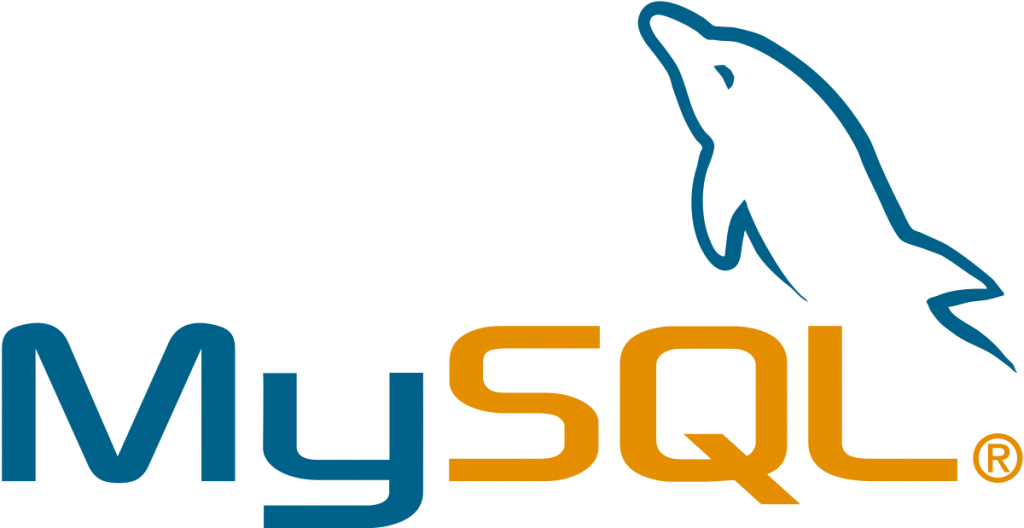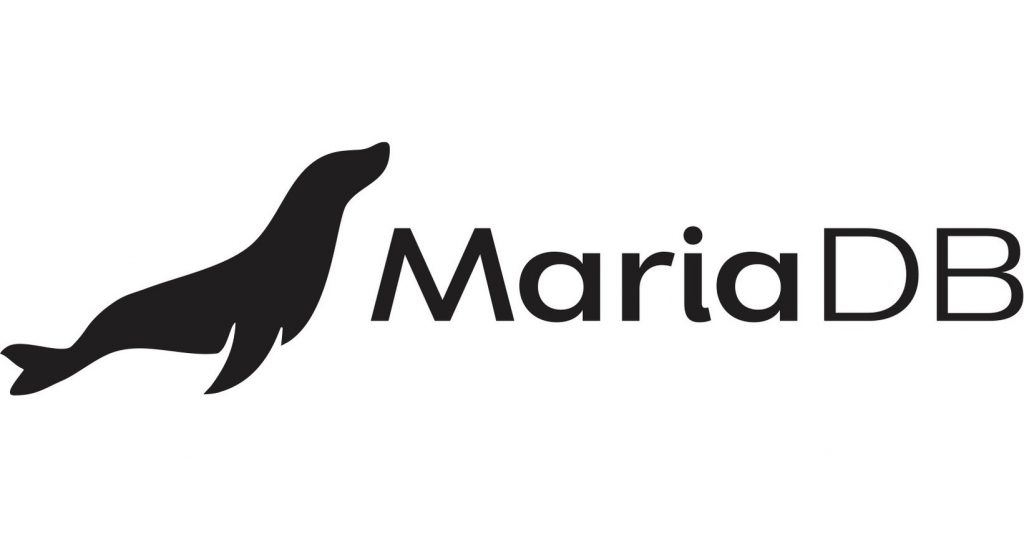The database management systems is almost an indispensable part of your website or mobile app development when you need to store large amount of content or product data. Databases are extremely important in effectively managing, creating, running and controlling data.
There are several open source and commercial systems but the two biggest ones that are been maintaining a very healthy competition for several years now are MySQL and PostgreSQL.
Open source database systems are more user-friendly and hence they are preferred to commercial systems this is mainly because they offer the ability for the user to tweak and use them as required which directly translates to more functionality.
MySQL database is predominantly used in most of the popular content management systems although PostgreSQL also been used in many large projects worldwide.
In this article we are going to carry out an in-depth comparison between Maria dB, Percona dB, and MySQL, we will show you what their strengths and weaknesses are, illustrate their major differences, and give you solid reasons why we should consider Maria dB and Percona dB to be superior and why you should switch over.
MySQL
MySQL is one of the oldest and widely used relational database management systems it is based on the structured query language. currently owned by Oracle corporation It was released in 1995 and has changed ownership a few times but it has continued to see improvement over the years that has enabled it to stay relevant in today market place.
MySQL follows the structure of other database systems it uses tables, constraints, triggers, roles, stored procedures, and several reviews to work with data, it is only called relational because there is always a relation within the tables. That is, it manages data with relational capabilities as opposed to un relational databases that just may store data as files or tables without any relation. It is majorly written in C and C++ and has extensive binaries for several operating systems like Windows, OSX, Linux, AIX, FreeBSD and several others.
It boasts a great support system and is handled by the Oracle Corporation
Strengths
- Extensive support – MySQL has extensive support for almost all operating systems and then some
- It is relational – As a relational database system and as such supports a lot of features and it is particularly easier and simpler to use and administer
- Security – It is very secure and offers solid encryption of data to avoid leakages on data transfers
- Scalability – Offers great scalability of data that runs into massive terabytes of data to enable efficient management of data without any hiccups
- Flexibility and performance – Features a very high-performance storage engine that enables high-speed performance on almost any platform
Weaknesses
- Limiting limitations – Some of the limitations of MySQL can be frustrating, it is very limited in developing stored procedures, performing performance diagnostics, warehousing and debugging and can be very frustrating for developers
- Performance drop on scalability – It has great performance, but that performance starts to drop when handing many operations.
- Not Community-driven – MySQL is owned and managed by Oracle Corporation and as such, it is restricted when it comes to contributions from other developers.
Maria DB
Maria DB is a fork of MySQL that has many similar features with MySQL. It has the same database structure and indexes and it is relational.
It was forked and released in 2009 just after Oracle purchased MySQL due to concerns of slow development and low support
It is a community, open source relational database management system that still maintains high compatibility with MySQL. It boasts a new database storage engine and is mostly written in C, C++, bash, Perl and has extensive binaries for several widely used operating systems like, windows, Linux, OSX, FreeBSD, OpenBSD etc.
Its development is open to the public and users can provide developer patches to the system and are involved in its management
It has very excellent features such as high speed, stable scalability, excellent performance, flexibility, and great support systems.
It is arguably the most used and popular databases in the world and is used by some of the most popular corporations that exist today such as Google, Wikipedia, Fedora, Red Hat, to mention a few
Strengths
- Excellent performance – Maria dB has very excellent performance and is more capable of handling large datasets in billions of rows. The queries may be the same as in other database systems but it has better performance
- High speed – With a very high speed, it is no wonder that it has excellent performance, Maria dB engine is capable of handling relatively large datasets at great speeds.
- Easy migration – Migrating from MySQL to Maria dB is very easy and simple
- Cluster technology – It features the Galera cluster technology which enables multi-master replication for administrators
- Community-driven – Maria dB is community driven and it is managed by the open community, it integrates developer patches and serves as an excellent option for several developers. This also helps in speeding up the development process.
- Multiple engines – It supports several data storage engines like Aria, Spider, SphinxSE, etc.
Weaknesses
- Migrating from Maria dB may not be so easy but it is not impossible. With future releases, this issue may be addressed but for now, it remains an issue
Percona DB
Percona DB is also a fork and a drop-in replacement of MySQL and may even prove to be a better alternative to Maria dB
It was officially released in 2006 and maintains very close compatibility to MySQL with a reinvented focus on server operations.
It is free to use and utilizes XtraDB an improved alternative to the InnoDB data storage engine used with MySQL. It boasts efficient scalability with the XtraDB cluster technology, high performance, excellent security, full compatibility with MySQL and great backup features. While still maintaining its free status.
It is essentially a fork of MySQL that builds on the base, similar to MySQL while focusing on improving performance for server operations.
Strengths
- Full compatibility – It offers full compatibility with MySQL for full functionality and stress-free migration
- Increased performance – Percona dB comes equipped with the XtraDB storage engine that is an improved alternative to the MySQL engine. This engine is fully stocked with tools and procedures that have led to a significant increase in performance.
- Enhanced scalability – Percona offers extensive scalability for increasing datasets and makes use of the XtraDB cluster which makes it easy to create and monitor cluster for the server.
- Management capability – Offers a management tool kit that makes it relatively easy to monitor and manage database operations.
Verdict
For Maria dB as a competitor, it stands out as a more rounded option.
- It provides support for multiple storage engines supports several database systems
- It is a faster option and does not suffer from scalability issues
- It has several new cutting edge features
- It is community driven and more frequently updated with more support
- It is easy to migrate and.
- It has higher performance.
For Percona DB as a competitor, it may prove to be better because it has 100% compatibility with MYSQL
- Better monitoring and management
- Enhanced scalability
- Enhanced performance
- A better engine as opposed to MySQL.
If you use wordpress and woocommerce you can replace the MySQL with Maria DB without any issue. Even using Percona DB is seamless. Also you may achieve much better speed with a large website if you do several configuration tweaks to maximize the database performance of Percona DB.
Do you still use MySQL or already moved to Maria DB? Or are you among those developers already taking the advantage of Percona DB. Let us know what type of issues you faced using any of these databases in the comments section below.



